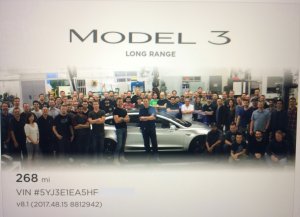Nvidia’s Cosmos Offers Synthetic Training Data; Following Tesla’s Lead
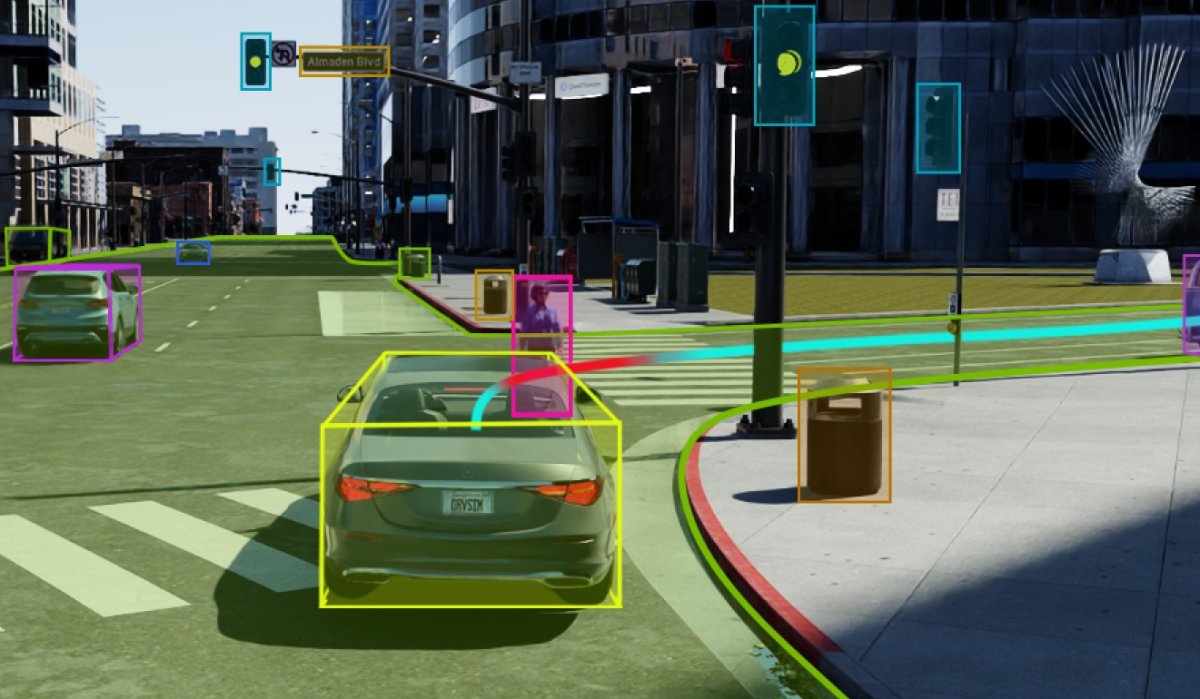
At the 2025 Consumer Electronics Show, Nvidia showed off its new consumer graphics cards, home-scale compute machines, and commercial AI offerings. One of these offerings included the new Nvidia Cosmos training system.
Nvidia is a close partner of Tesla - in fact, they produce and supply the GPUs that Tesla uses to train FSD - the H100s and soon-to-be H200s, located at the new Cortex Supercomputing Cluster at Giga Texas. Nvidia will also challenge Tesla’s lead in developing and deploying synthetic training data for an autonomous driving system - something Tesla is already doing.
However, this is far more important for other manufacturers. We’re going to take a look at what Nvidia is offering and how it compares to what Tesla is already doing. We’ve done a few deep dives into how Tesla’s FSD works, how Tesla streamlines FSD, and, more recently, how they optimize FSD. If you want to get familiar with a bit of the lingo and the background knowledge, we recommend reading those articles before continuing, but we’ll do our best to explain how all this synthetic data works.
Nvidia Cosmos
Nvidia’s Cosmos is a generative AI model created to accelerate the development of physical AI systems, including robots and autonomous vehicles. Remember - Tesla’s FSD is also the same software that powers their humanoid robot, Optimus. Nvidia is aiming to tackle physical, real-world deployments of AI anywhere from your home, your street, or your workplace, just like Tesla.
Cosmos is a physics-aware engine that learns from real-world video and builds simulated video inputs. It tokenizes data to help AI systems learn quicker, all based on the video that is input into the system. Sound familiar? That’s exactly how FSD learns as well.
Cosmos also has the capability to do sensor-fused simulations. That means it can take multiple input sources - video, LiDAR, audio, or whatever else the user intends, and fuse them together into a single-world simulation for your AI model to learn from. This helps train, test, and validate autonomous vehicle behavior in a safe, synthetic format while also providing a massive breadth of data.
Data Scaling
Of course, Cosmos itself still requires video input - the more video you feed it, the more simulations it can generate and run. Data scaling is a necessity for AI applications, as you’ll need to feed it an infinite amount of data to build an infinite amount of scenarios for it to train itself on.
Synthetic data also has a problem - is it real? Can it predict real-world situations? In early 2024, Elon Musk commented on this problem, noting that data scales infinitely both in the real world and in simulated data. A better way to gather testing data is through real-world data. After all, no AI can predict the real world just yet - in fact, that’s an excellent quantum computing problem that the brightest minds are working on.
Yun-Ta Tsai, an engineer at Tesla’s AI team, also mentioned that writing code or generating scenarios doesn’t cover what even the wildest AI hallucinations might come up with. There are lots of optical phenomena and real-world situations that don’t necessarily make sense in the rigid training sets that AI would develop, so real-world data is absolutely essential to build a system that can actually train a useful real-world AI.
Tesla has billions of miles of real-world video that can be used for training, according to Tesla’s Social Media Team Lead Viv. This much data is essential because even today, FSD encounters “edge cases” that can confuse it, slow it down, or render it incapable of continuing, throwing up the dreaded red hands telling the user to take over.
Cosmos was trained on approximately 20 million hours of footage, including human activities like walking and manipulating objects. On the other hand, Tesla’s fleet gathers approximately 2,380 recorded minutes of real-world video per minute. Every 140 hours - just shy of 6 days - Tesla’s fleet gathers 20 million hours of footage. That was a little bit of back-of-the-napkin math, calculated at 60 mph as the average speed.
Generative Worlds
Both Tesla’s FSD and Nvidia’s Cosmos can generate highly realistic, physics-based worlds. These worlds are life-like environments and simulate the movement of people and traffic and the real-life position of obstacles and objects, including curbs, fences, buildings, and other objects.
Tesla uses a combination of real-world data and synthetic data, but the combination of data is heavily weighted to real-world data. Meanwhile, companies who use Cosmos will be weighting their data heavily towards synthetically created situations, drastically limiting what kind of cases they may see in their training datasets.
As such, while generative worlds may be useful to validate an AI quickly, we would argue that these worlds aren’t as useful as real-world data to do the training of an AI.
Overall, Cosmos is an exciting step - others are clearly following in Tesla’s footsteps, but they’re extremely far behind in real-world data. Tesla has built a massive first-mover advantage in AI and autonomy, and others are now playing catch-up.
We’re excited to see how Tesla’s future deployment of its Dojo Supercomputer for Data Labelling adds to its pre-existing lead, and how Cortex will be able to expand, as well as what competitors are going to be bringing to the table. After all, competition breeds innovation - and that’s how Tesla innovated in the EV space to begin with.













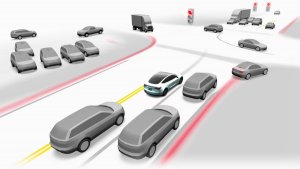
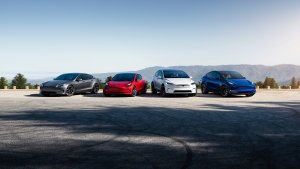
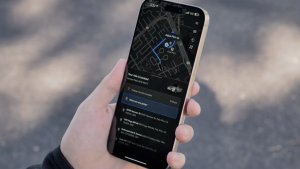
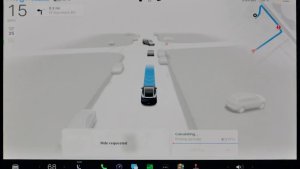
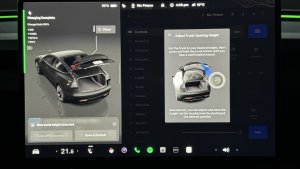

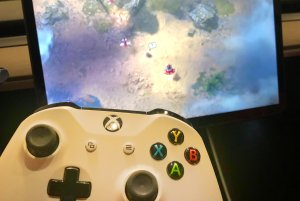
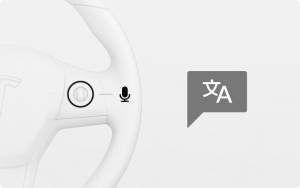
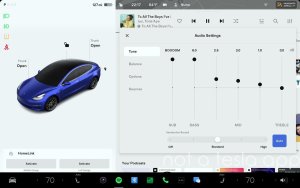
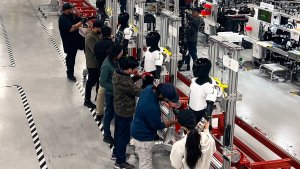
![Tesla's 2025 Q1 Earnings Call: How to Listen [Listen to Replay]](https://www.notateslaapp.com/img/containers/article_images/multiple-models/group_81.jpg/b2695a53b51e4c7927802deba2534b09/group_81.jpg)
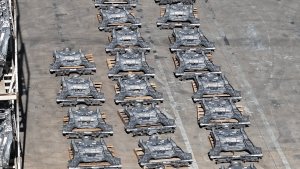
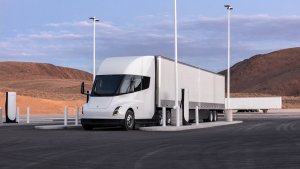
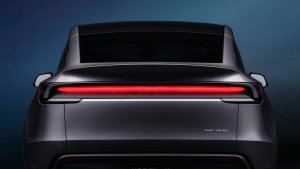
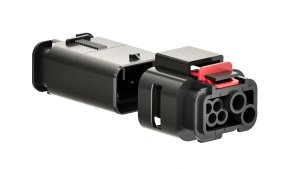
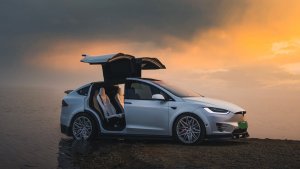
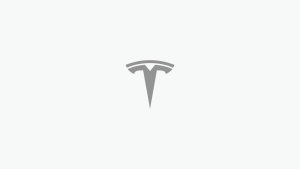

_300w.png)
